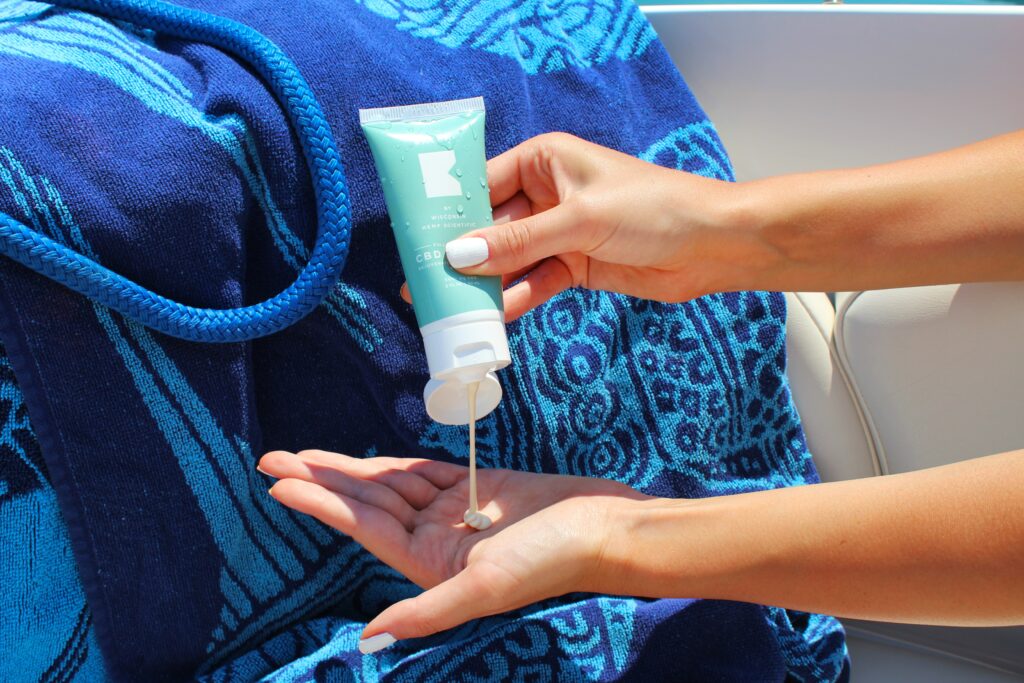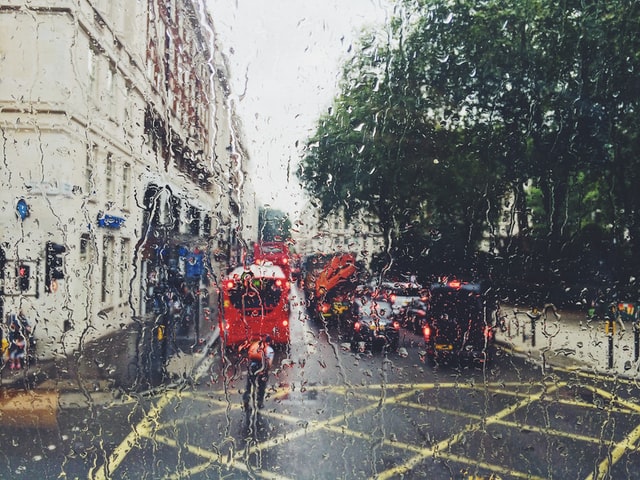Despite the evident benefits of scoring a window seat on an airplane, there is a detrimental drawback that must be underscored. It is the possibility of getting sunburned or worse, skin cancer, due to the UV rays that can penetrate the glass. It is interesting that travelers are more often reminded to wear sunscreen during beach vacations but not when flying. This should be looked into since there is a greater risk for sun damage with the latter scenario.
Not All Rays Are Created Equal
There are two types of harmful UV rays which are UVB rays that typically cause sunburn and UVA rays that can impact your skin deeper. While the plastic and glass windshields on airplanes can block UVB rays, it is not the same case with UVA transmission. The UVA rays are certainly more damaging which can cause sunspots and wrinkling. Researchers from JAMA Dermatology found that flying for 56.6 minutes at cruising altitude is equivalent to spending 20 minutes in a tanning bed in terms of radiation doses.
Compared to the passengers, pilots are more in need of better sun protection as they are exposed to a higher amount of UV radiation, increasing the risk of acquiring skin cancer. Both should take necessary precautions nonetheless such as pulling down the shades and applying sunscreen when on board.
Lather Up!
Look for a 30-SPF lotion that can better protect you against UVA and UVB rays. You should also check whether the sunscreen has ingredients such as titanium dioxide and zinc oxide which are gentler to the skin than other chemicals. Only apply a marble-sized amount of sunscreen to your face every two hours to get the protection you deserve. After all, you should not be bothered by such worries especially when you are traveling as a form of self-care. Thus, it is better to prepare in advance the sunscreen that you’re comfortable using whenever you travel.
Though, there are several sunscreens to choose from so it’s important to choose which one would work best for you. It would be advisable to opt for the one that has broad-spectrum protection with SPF 30 or greater to ensure proper coverage. You may also find yourself choosing between chemical and mineral sunscreens as your main SPF agents.
In the case of flying, it would be better to go for mineral sunscreens as they usually last longer than chemical formulas which are more suited for swimming because of their water-resistant nature. Of course, you should also consider your skin type since there are certain ingredients that are more appropriate depending on your skin needs. Don’t hesitate to consult your dermatologist as well. Doing so is an added layer of preparation when planning a trip.

Care for Your Skin
Find a travel-sized container that you can put into your carry-on once you have decided on the sunscreen you’ll use. You can also set alarms in case you end up dozing off. While sitting by the window offers the best view, being in the aisle seat can help lessen your UV exposure. Though, if you can’t let go of your window seat preference, just make sure that you close the shade.
Another skincare tip that you may want to consider while on the plane is drinking an adequate amount of water since it’s important to keep your internal cells hydrated. It would be best to apply a hydrating toner and skin serum under your sunscreen as well given that airplane cabins have low humidity. You simply need to wipe your skin with a toner after cleansing which removes impurities from tap water residue.
Patting the toner all over your face can be followed by the application of a water-based skin serum that contains hyaluronic acid. You can then apply two more layers of the toner to perfectly saturate your skin before adding the sunscreen. Lastly, a gentle reminder to not spray skin misters on your skin because the air is dry. You’ll only end up getting drier skin as the spray will draw water from it which will then evaporate into the already dry air.
In Conclusion
To put simply, you are closer to the ozone layer when flying which is why the UV rays are expectedly more powerful than when on land. The Centers for Disease Control and Prevention (CDC) also warns travelers of riskier sun exposure during summer months as well as at places near the equator. Remember that skin cancer can be developed due to longer exposure to the sun which puts frequent travelers at a more concerning risk. Note that the most severe UV exposure happens between 10:00 a.m. and 4:00 p.m. so you may want to schedule your flight during hours other than that. Still, be mindful of changing your circadian rhythm often as it could lead to other health issues which you also don’t want to acquire due to traveling.





